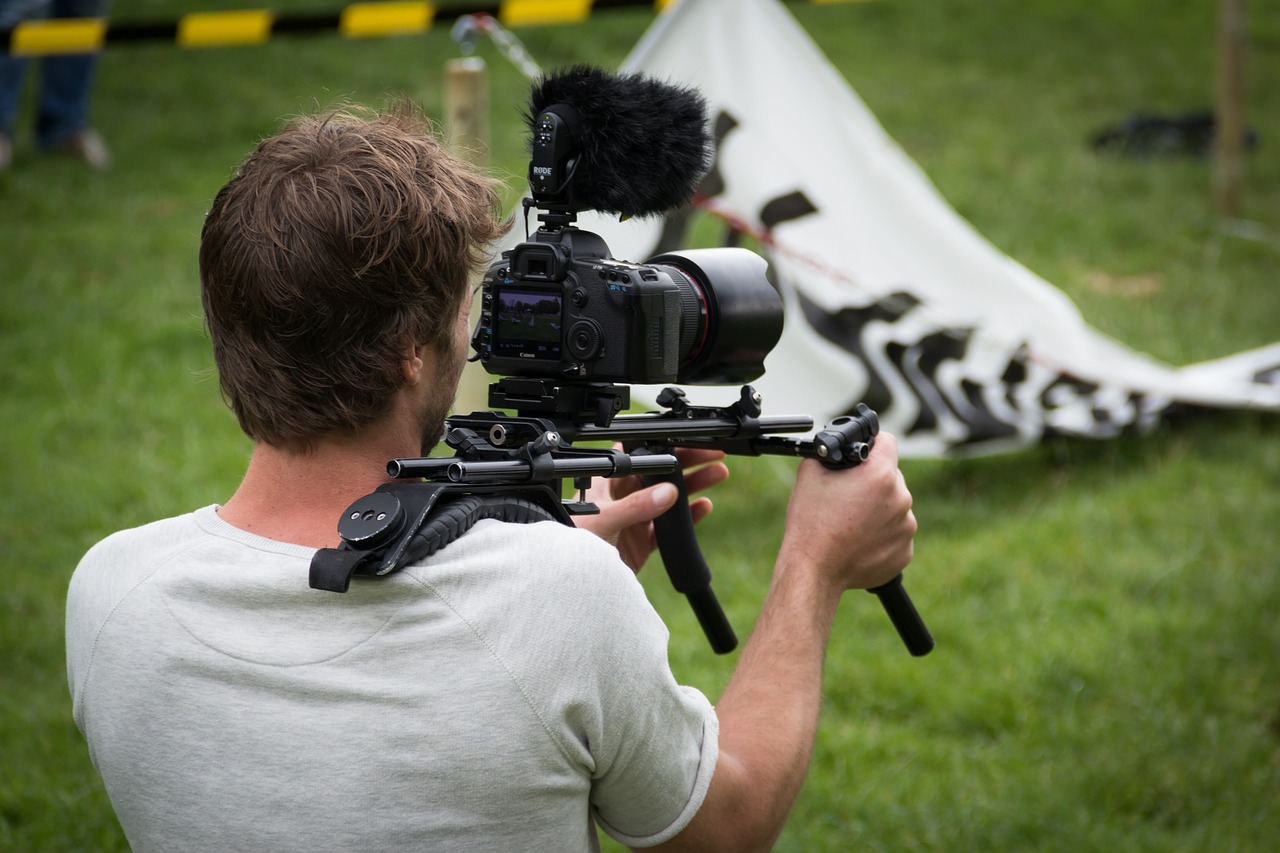Subjective vs Objective Camera Angle: What’s the Difference?
As a filmmaker, visually telling your story is the number one most important consideration to make. But how? Learning how to master perspective in film, especially when it comes to subjective vs objective camera angle, can help you begin to think more clearly about your shot composition. As well as the ways that you can use perspective to share your story. In fact, there are some simple ways of mastering perspective with your shots to drive the narrative of your story.

WHAT IS SUBJECTIVE CAMERA ANGLE?
Subjective camera angle, often referred to as a point-of-view shot, films the character. In a manner in which the audience participates with the scene action.
From a personal viewpoint where they are placed in the picture or action. This is not technically the same as a POV shot. Because a POV shot takes on exactly what the character sees from his or her point of view.
The subjective camera angle renders the audience an active participant of the event. Either by seeing the event through the character’s eyes. Or by trading places with another person in the picture.
Viewers in a subjective camera angle will make eye-contact with the camera further representing a relationship with the viewer.
WHAT IS OBJECTIVE CAMERA ANGLE?
Objective camera angle provides a sideline view of the action. Through the objective viewpoint, the audience looks on, perhaps from the eyes of an unseen observer.
The objective camera angle is an impersonal approach. That does not connect the audience to any individual or character within the story.
In fact, with this viewpoint, it’s important that people from the scene appear completely unaware that the camera exists. And don’t look directly into the camera, ever!
SUBJECTIVE VS. OBJECTIVE CAMERA ANGLE
In examining the difference between subjective vs. objective camera angle. One of the key factors that comes up is the lack of connection in an objective perspective. Versus the distinct character connection in a subjective camera angle.
While subjective perspective aims to bring us (the audience) into the mental state or emotional perspective of the character, the objective camera angle seeks to do nothing of the sort thus observing the action from a “fly on the wall” perspective at a distance.
Subjective vs objective camera angle shots can certainly provide different viewpoints and connections for the audience. The subjective camera angle is personal and intimate whereas the objective camera angle is more impersonal or just neutral.
PERSPECTIVE
From an objective angle, it’s as if the camera is observing the action of the scene with an “objective” view, not necessarily from a particular character’s mindset or focus.
Likewise, a subjective camera angle is almost as if seeing the scene from a particular character’s point of view or with the mindset of that particular character.
As you can see, the differences between subjective vs objective camera angle uses can make a major difference in your storytelling abilities and in the connections that are built between your audience and your characters.

